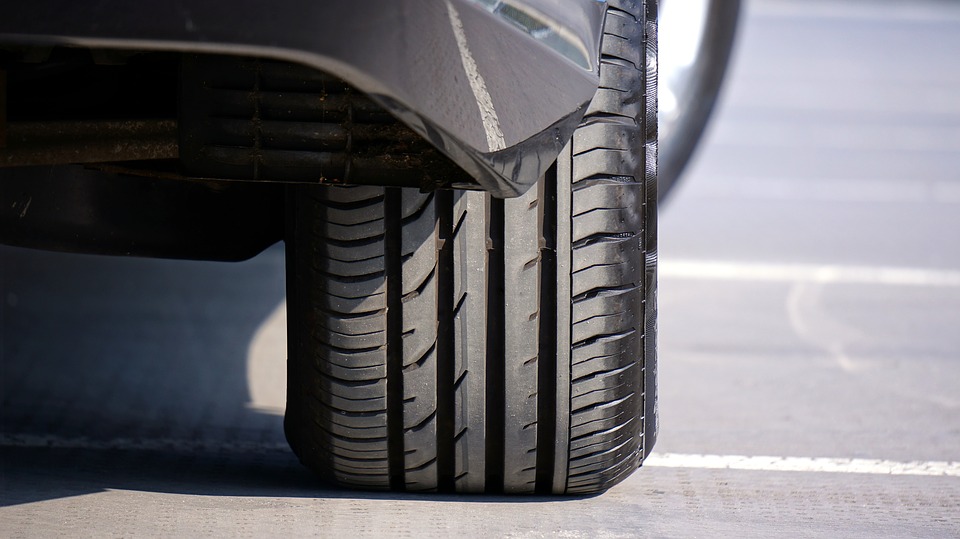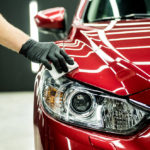So, before leaving home, here’s what to check before taking a long trip.
The road trip is indeed a pleasant experience that offers solitude, serenity, and a well-deserved escape from the hassles of life. This is particularly the case during this traumatizing COVID-19 period. Most of us have been held at the same place for the last few years.
But now that the lockdowns and mandates are over in many places, nature is calling, white sandy beaches inviting, and fresh mountain air pulling, the season of road trips has come.
Road trips turn into a marathon for the car.
Regretfully, in many families, the car becomes the least of their worries, they will focus more on packing and picking the destinations. An automobile malfunction can shoot even the most well-thought-out travel programs.
You can only hope that your car does not break down in your driveway, neighborhood, or city. When you are a few hundred or thousands of miles away from home, then breakdowns can be a terrible experience.
Road trips should be enjoyable and laid back, and the only difference between misery and delight is the preparation of your car.
Check The Windshield Wipers

The windshield wipers wear out like other car parts due to constant use. In dry, hot climates, they can dry out and crack over time.
When your wipers lose the rubbery spring, replace them.
More so, check if the wipers clear all the windscreen water or leave lines of water that impair your vision.
Air Filters

Almost all cars have two types of air filters. One is the cabin’s air filters where the air comes in from the passenger compartments, another is the engine’s air filter that gives the engine clean air.
To keep your vehicle running well and to provide fresh air to the people inside, change the air filters in your car, as recommended by the manufacturer, which is typically around every 10,000-15,000 miles.
Hoses and Belts

Nowadays, cars rely on one ribbed serpentine belt to operate the air conditioning compressor, alternator, and water pump. As a result, it wears out faster.
Do a visual inspection to check for frays or cracks. While at it, check out the hose junction’s points for cracks signs, or leaks.
Lighting

Your car’s light source comes from the headlights, but there are multiple bulbs that need occasion checking and replacement. Check your interior, brake, and reverse lights regularly as well.
Check The Fluids

Maintaining your car fluids works magic in ensuring you enjoy a road trip without a hitch. The motor oil is your engine’s lifeblood, and many companies have invented specialized fluids to ensure your vehicle performs excellently and has longevity.
Here are other most vital car fluids:
- Transmission Fluid
Service and replace the transmission fluid after every 100,000 miles.
For older models, you can easily check the fluid level and top up. Transmission fluid can get debris and dirt, thus reducing the transmission performance.
Some newer cars come with sealed transmissions that don’t allow checking or even topping off the liquid. Have a qualified mechanic check it out and ensure all is well.
- Power Steering Fluid
Cars with electric-assisted power systems have become quite common nowadays.
However, most vehicles have adapted hydraulic power-steering systems. These power steering systems use fluid that can be quickly depleted or contaminated, thus hampering the steering performance and possibly leading to system components damage or leaks.
You can easily access the fluid reservoir from under the hood and determine if it needs changing or topping up.
- Brake Fluid
The braking system works by building hydraulic pressure using brake fluid which makes the calipers clasp on the brake pad then down onto the car rotors.
Hence, when you notice that your brake pedal has become soft or spongy it indicates that there is air trapped in your brake lines so you should have them bled.
In addition, brake fluid is hygroscopic and may become contaminated, and this causes a reduction in its performance.
- Engine Oil
Regularly check your engine oil; it’s the easiest maintenance item on a car and the most important. Some vehicles even have factory oil change intervals up to 10,000 miles. Nevertheless, every 1,000-3,000 miles should be checked.
Many modern engine oils have some additives that improve the lubricating properties which keep the engine clean but they get depleted.
Large oil usage and undeniably heavy loss can point out untold engine defects.
Don’t forget that most cars come with the owner’s manual on the type of engine oil and when to change, and also to change filters.
- Coolant
Coolants keep the engine temps down, helping it maintain an optimum operating temperature. Low coolant levels can cause overheating, especially during hot weather and on long trips.
Engine coolants have fortified additives that inhibit corrosion and enhance performance, like motor oil. You can perform a DIY inspection by checking the coolant tank under the hood.
Caution: never open the engine coolant while hot since the pressure build-up can result in a rush of hot coolant and steam that can cause burns.
- Windshield Wiper Fluid
During summer trips, bugs will smash onto your windscreen. You can easily remove them using your windshield washer fluid, without having to make frequent pit stops.
Ensure your vehicle has enough wiper fluid for your long trip. Most cars come with a warning light indicating when the fluid level is low. However, the fluid reservoir under the hood allows for easy DIY check.
Maintain Tires

Tires boast of being the only parts of a car with direct interaction with the road, so they need to receive extra care. Check for inflation, tread wear, and other defects before embarking on your trip.
Top key considerations for tires include:
- Air Pressure
Most manufacturers put the car air pressure specification on a small label attached to your driver’s door jamb.Get to know the ideal tire pressure for your car’s make and model.
Check tire pressure after every 1000 miles, and for the RVs, check the tires at every stop. It’s advisable to carry a pressure gauge with you.
- Rotation/Conditioning
Cars have various drive-wheel configurations like rear-wheel drive, front-wheel drive, four-wheel drive, and all-wheel drive. The wheels that perform and receive the power wear faster than the non-drive wheels tires.
Additionally, loose or workout steering components promote the front tires’ uneven wear.
As such, rotating the tires from side-side, front-back, back-front promotes even wear (check the owner’s manual for your car’s proper rotation pattern).
Perform this service every 5,000-8,000 miles or sooner if you notice uneven wear. The astonishing thing is that most oil change shops have specials that include tire rotation.
Keep in mind that gouges, bulges, and other damages can compromise the tire’s structural integrity, and even minor impact from curbs or potholes can damage the tires.
Visually check for clues of uneven or odd wear patterns and tread wear on every part of the tire. If you find any, a check-up is due. It may also be time for new tires.
Final Thoughts on Taking a Long Trip
Do you want an enjoyable, fun, thrilling road trip? Then keep your car well maintained and in perfect condition. Such will ensure you don’t spend your road trip having pit stops or at the repair shop.
Tip: when inspecting your car and you feel something is not good, consult a professional for help, avoid DIY.



